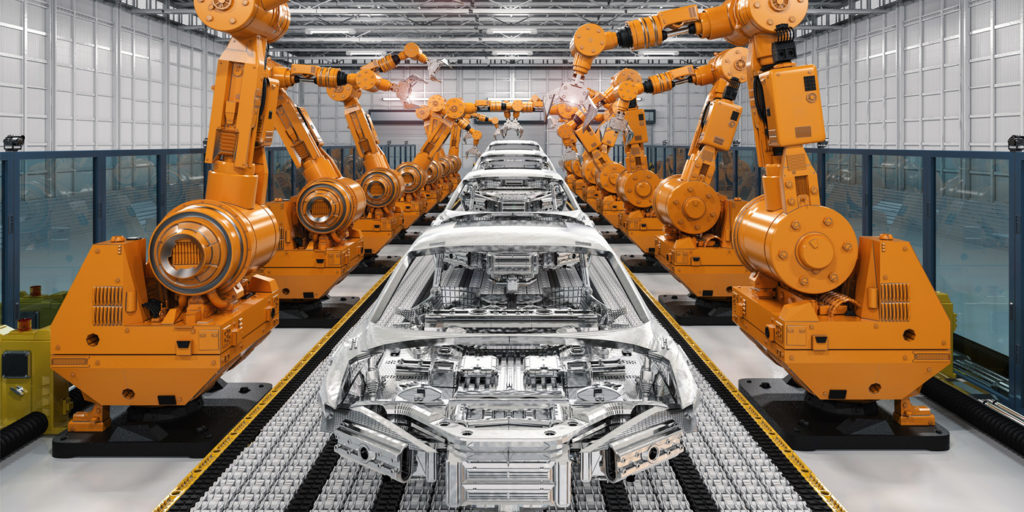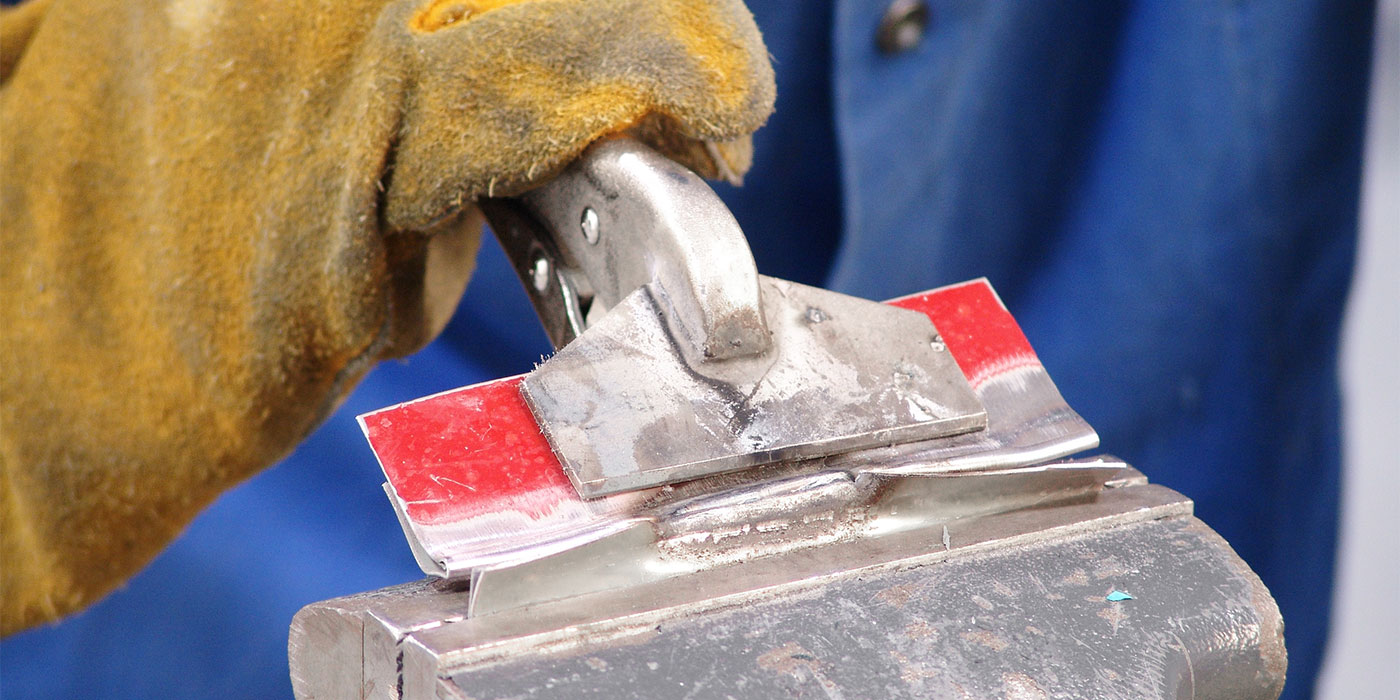Collision repairers are all pretty much in tune to the fact that materials in the construction of automobiles are changing. The 2015 Ford F-150 set off panic throughout the industry as the no. 1-selling vehicle in America went all-aluminum, but we’ve all settled down now. We know why automakers are lightweighting vehicles (to meet future Corporate Average Fuel Economy requirements, which will nearly double the average light vehicle fuel economy to 54.5 mpg by 2025). And we know this is not a trend or fad that will disappear tomorrow.
Aluminum Growing Fast
A recent survey by DuckerFrontier confirms that aluminum is the fastest-growing automotive material and is expected to grow to content levels of 514 lbs. per vehicle (PPV) by 2026, up 12% from 2020 levels.
Aluminum is expected to grow to content levels of 514 lbs. per vehicle
by 2026, up 12% from 2020 levels.
“This demand is accelerating as low-weight, high-strength aluminum is helping automakers adapt to new mobility trends,” said Ganesh Panneer, chair of the Aluminum Transportation Group (ATG) and vice president and general manager for Automotive North America at Novelis.
Part of that growth is due to the increasing number of electric vehicles being produced.
“As electric vehicles become more widely available, greater aluminum use to extend range and help offset battery weight and cost will ensure consumers will still be able to choose high-performing cars and trucks that are safe, fun to drive and better for the protection of the environment,” Panneer said.
Automakers will continue to increase the use of aluminum in new vehicles as the design evolution to multi-material cars, trucks and SUVs continues. According to the 2020 DuckerFrontier “North American Light Vehicle Aluminum Content and Outlook” report, doors represent the single highest net growth application of aluminum content per vehicle with penetration reaching 30% by 2026. Also, by 2026, aluminum hood penetration is expected to reach 81%, with liftgates/tailgates reaching 44%. By 2030, total aluminum content is estimated to reach 570 PPV, a 24% increase over the next decade.
As electrification grows, the analysis confirms demand for aluminum extrusions and high-pressure aluminum diecast parts will grow due to increased use in applications like battery housings, motor housings and body structural components. Aluminum also continues to drive vehicle safety, with extrusions for crash management system (CMS) applications projected to increase 10% from 2016-2022.
Automakers continue to favor aluminum in an ever-changing industry climate as demonstrated by recent product launches, including the Ford Bronco and Jeep Gladiator, which both feature intensive use of aluminum closures and structural components.
Advanced High-Strength Steel
But let’s not forget about advanced high-strength steel (AHSS). AHSS grades are growing fast in new automotive applications too. Did you know the use of AHSS reduces a vehicle’s structural weight by as much as 25% and can cut total life cycle CO2 emissions by up to 15% more than any other automotive material?
Nearly 70% of impact bars in bumpers today are steel, and changing requirements will cause steel to become even more preferred.
One area of the vehicle that is benefiting from AHSS is bumper systems.
“High-speed crash events are becoming a big driver in bumper system design and are driving the need for stronger, tougher impact bars,” said Stu Brown, former system architect, bumper systems at General Motors. “Steel is the clear material of choice since it is up to six times stronger than aluminum and a better solution to enable protection for passengers and critical components in a high-speed crash while remaining more cost effective.”
Nearly 70% of impact bars in bumpers today are steel, and changing requirements will cause steel intensive systems to become even more preferred.
“Design engineers can leverage ultra-high-strength steel, enabling development of stronger bumper beams at competitive mass and lower cost,” said Hesham Ezzat, Ph.D., co-author and senior technical consultant, automotive program, AISI.
Real-World Repairs
Crash Champions, one of the nation’s largest independent collision repair MSOs with a leading presence in the greater Midwest and Southern California markets, has been geared up for exotic materials for some time. Self-piercing rivet guns, aluminum dent repair stations, spot welders and glue-pulling equipment are just some of the tools they have to repair today’s multi-material vehicles. They even have dedicated areas for aluminum repair.
“We have dedicated aluminum hand tools, and our aluminum rooms have UV panels for safety from the welding arc,” said Peter Callaway, director of process and training for Crash Champions.
Crash Champions uses OE procedures to identify various materials in a vehicle in order to approach repairs and/or replacement in the correct manner.
“Our staff is in constant training for all the materials they encounter,” Callaway said. “Also, right now, we’re in the process of reviewing carbon fiber repairs and the equipment needed.”
Paul LaBella, manager of Network Auto Body in Valencia, Calif., has noticed more and more vehicles coming in with multiple types of metals.
“To find out what materials they are, we usually use the factory tech info as we are certified with multiple manufacturers. If we can’t find it there, we use ALLDATA.”
Like Crash Champions, Network Auto Body has a dedicated space for aluminum repair.
‘“We do have an aluminum room and specific welders and tools specific for aluminum,” LaBella said. “And our techs are trained by the factory or I-CAR.”














